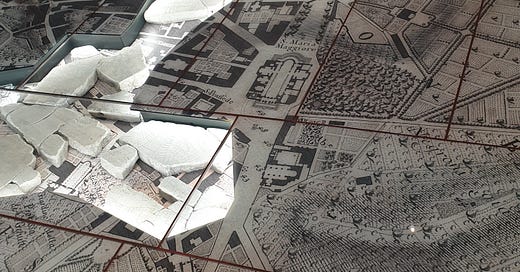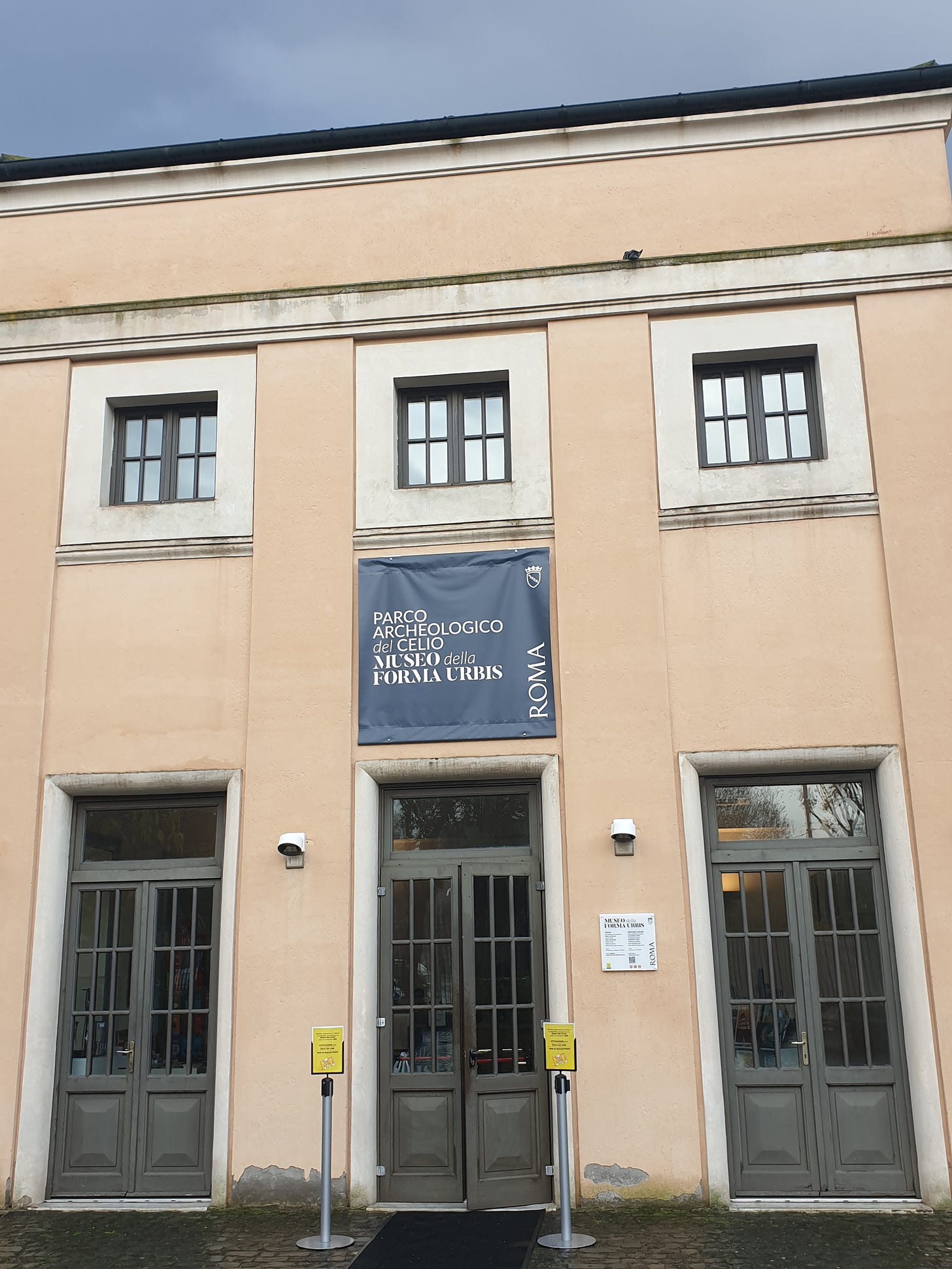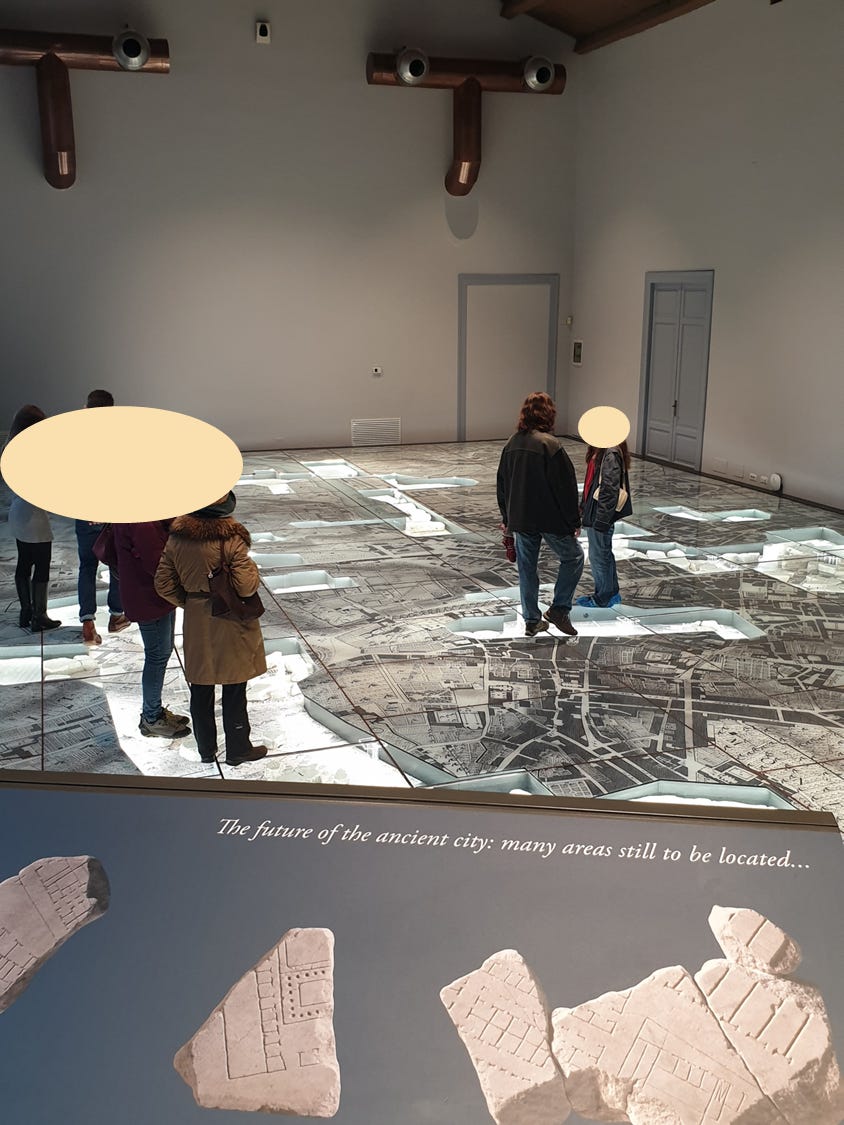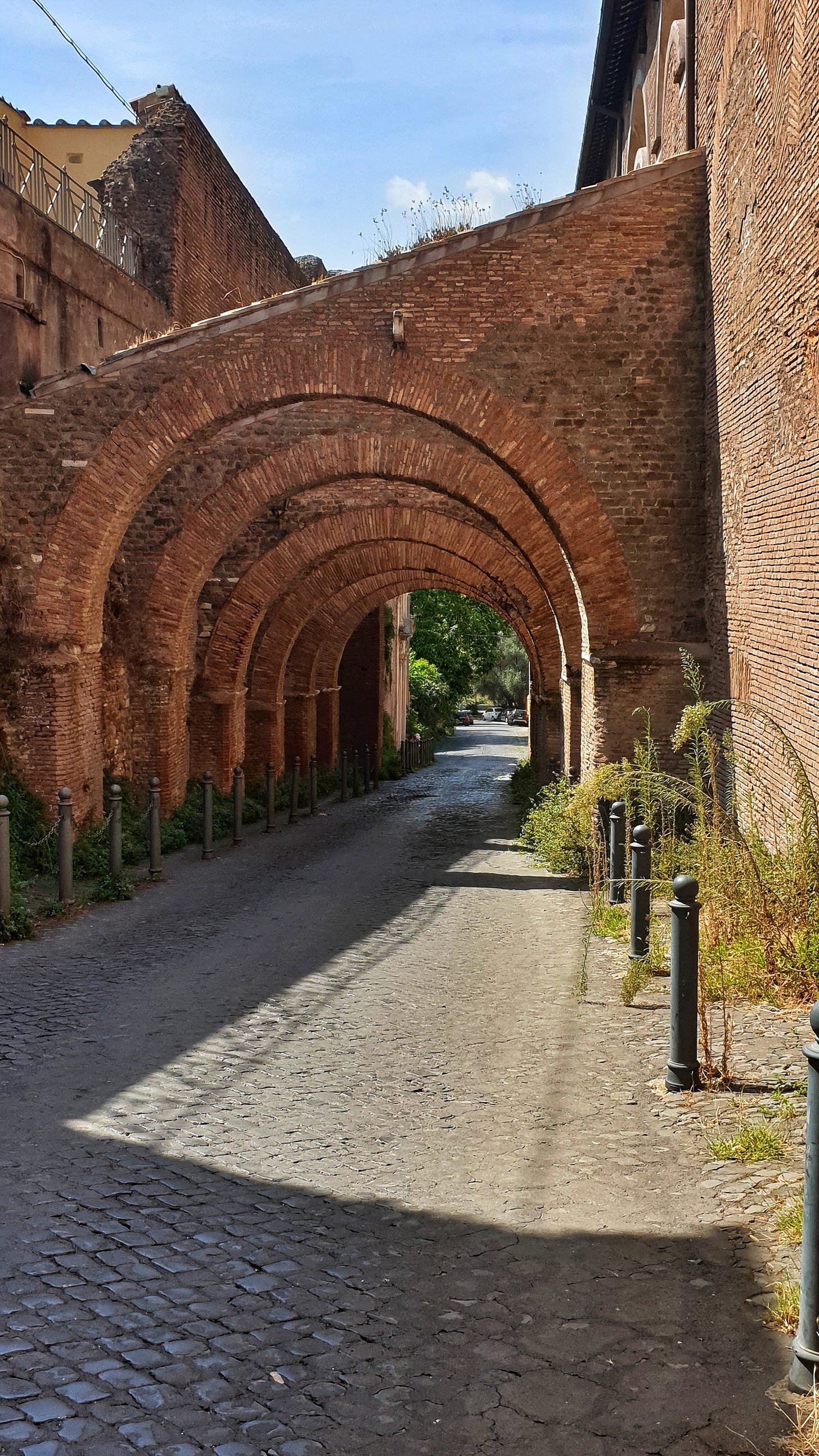The Forma Urbis in the Celio Archaeological Park: A Hidden Piece of Ancient Rome
A little-known treasure just steps from the Colosseum
Rome never ceases to amaze, and sometimes, just a few steps away from the most famous landmarks, you can find extraordinary yet little-known historical gems. One of these is the Forma Urbis, located in the Celio Archaeological Park, a site that many tourists overlook but is well worth a visit.
The Forma Urbis is the name given to a giant marble map of ancient Rome, originally created in the early 3rd century AD during the reign of Emperor Septimius Severus. The map, known as the Forma Urbis Romae, was carved into large slabs of marble and detailed every street, building, and monument of the city at the time. It was once displayed on a wall of the Temple of Peace in the Roman Forum, but over the centuries, it was shattered, and many of its fragments were lost or repurposed in construction.
Today, some of these fragments have found a home in the Celio Archaeological Park, a green oasis just a short walk from the Colosseum.
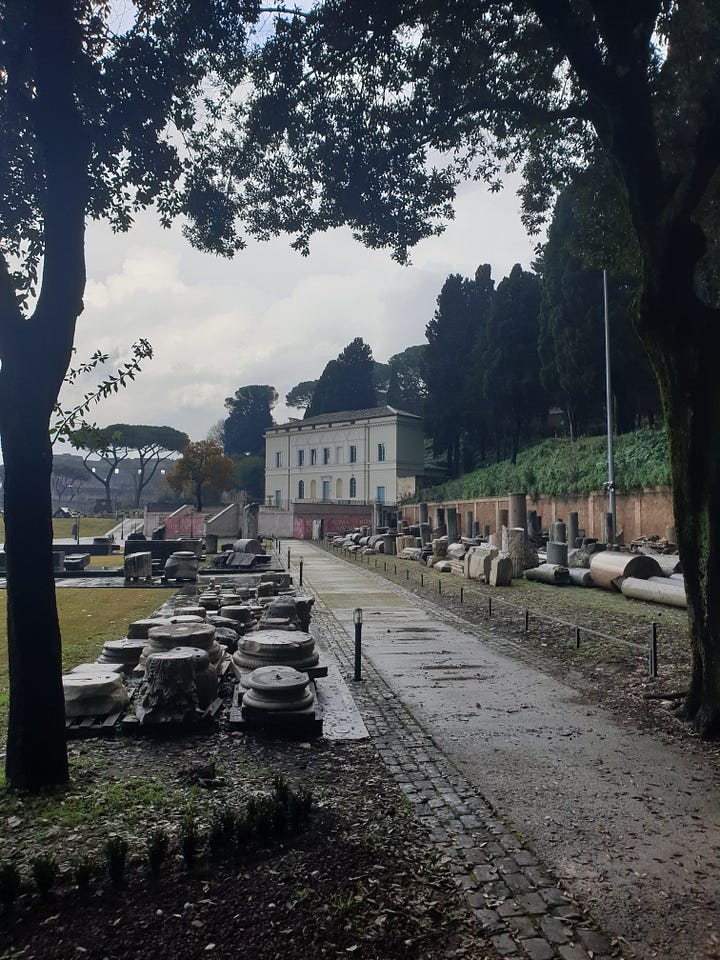
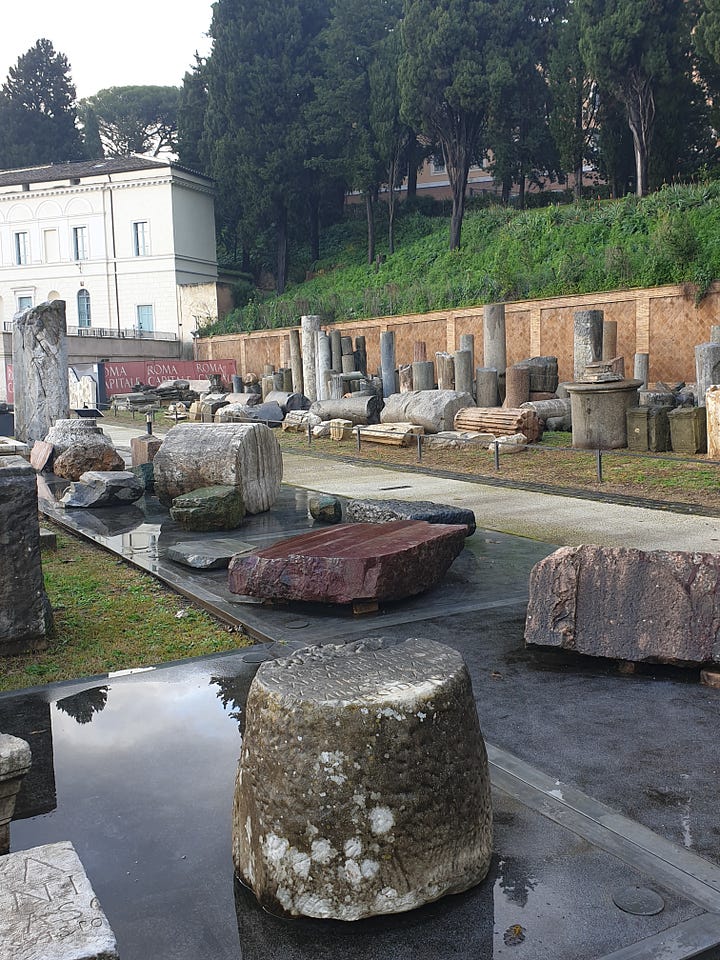
While it may not be among the most famous landmarks of Rome, the Forma Urbis fragments are a fascinating glimpse into the meticulous urban planning of ancient Rome. Standing before these ancient pieces of carved marble, you can imagine the immense city map they once formed, offering a unique perspective on how Rome was structured nearly 2,000 years ago.
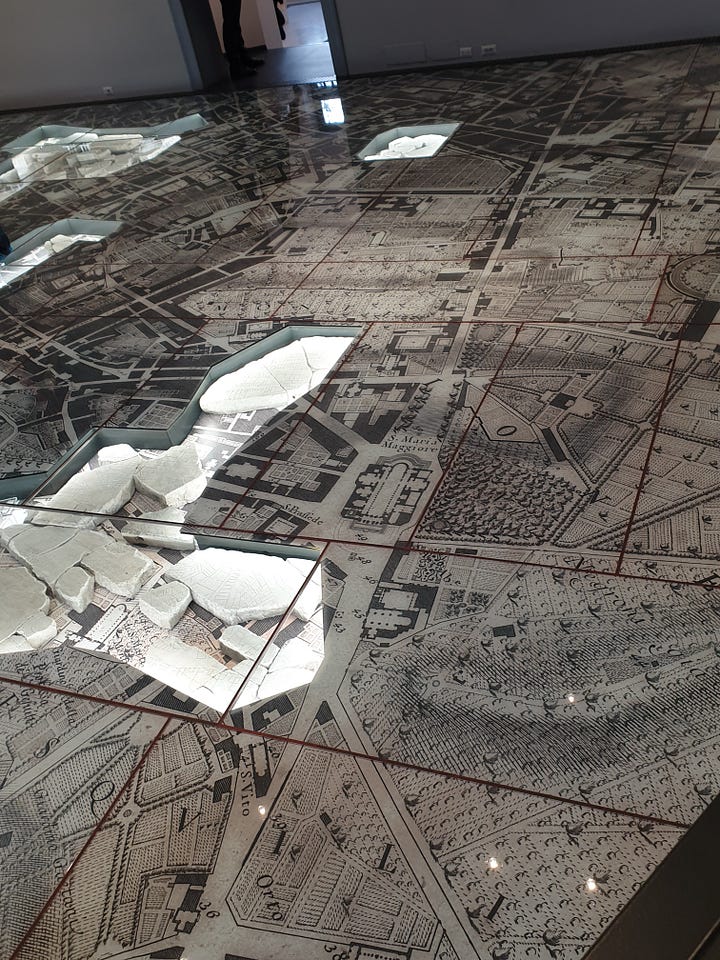
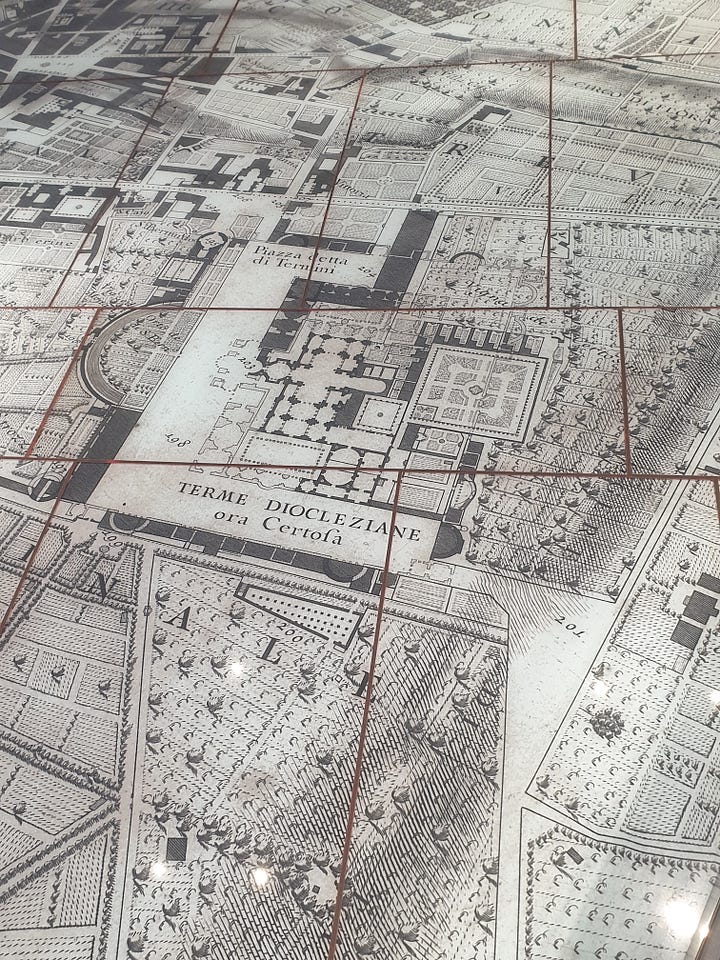
What makes the visit even more rewarding is the beautiful walk to get there. The route takes you along one of my favorite streets in Rome, where you can admire the Clivus Scauri, an ancient Roman road.
On the same street, you’ll also find the entrance to the Roman Houses of Celio, an underground complex of incredibly preserved ancient dwellings (which I’ll write about in a future post).
The Forma Urbis fragments are housed within the Celio Archaeological Park, located near the Basilica of Saints John and Paul. From the Colosseum, it's just a short and pleasant walk. By foot: From the Colosseum, head towards Via di San Gregorio, then take Clivo di Scauro, one of the most atmospheric streets in Rome. By metro: Take Line B to Colosseo station and walk from there.
For those who love discovering hidden gems of ancient Rome, the Forma Urbis in the Celio Park is a must-see, combining history, archaeology, and a peaceful escape from the crowds. Plus, it’s just another reason to wander beyond the main tourist routes and uncover the city’s many layers of history.
As always, if you want to use any of the photos from my visit, please remember to give credit to the author. Happy exploring!

